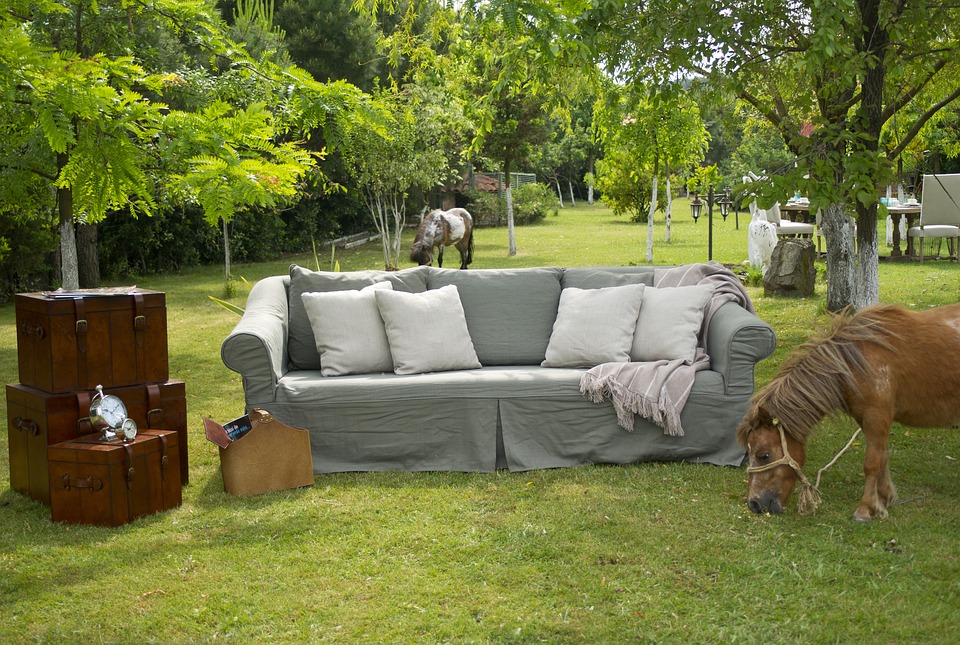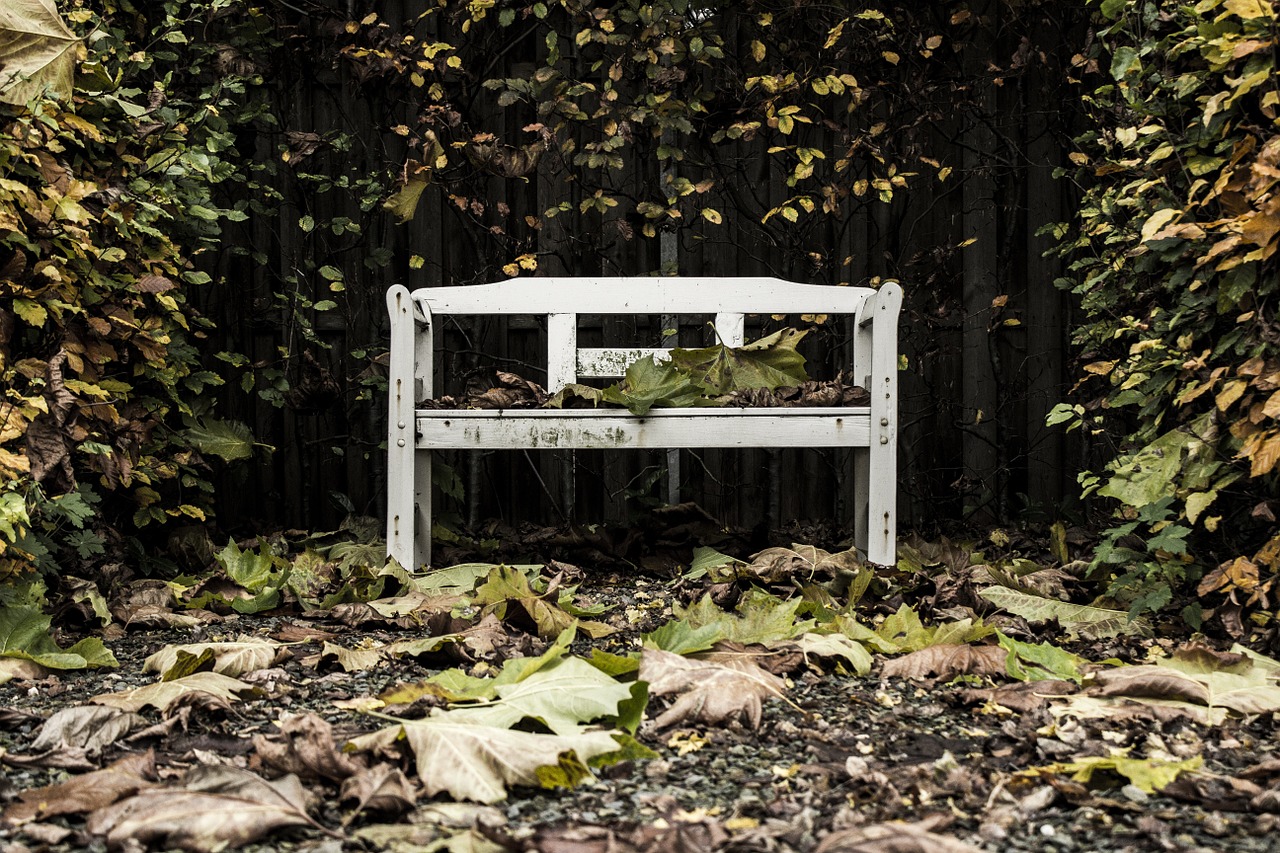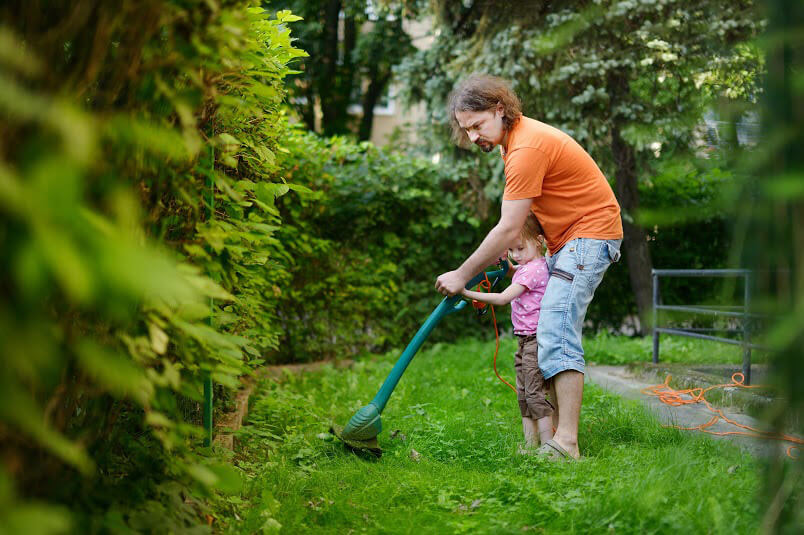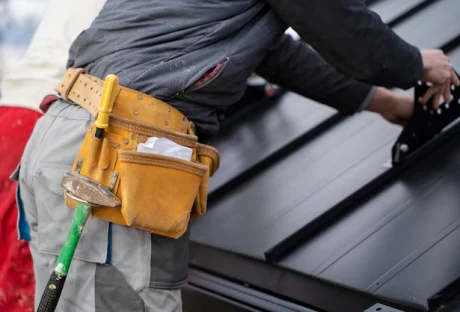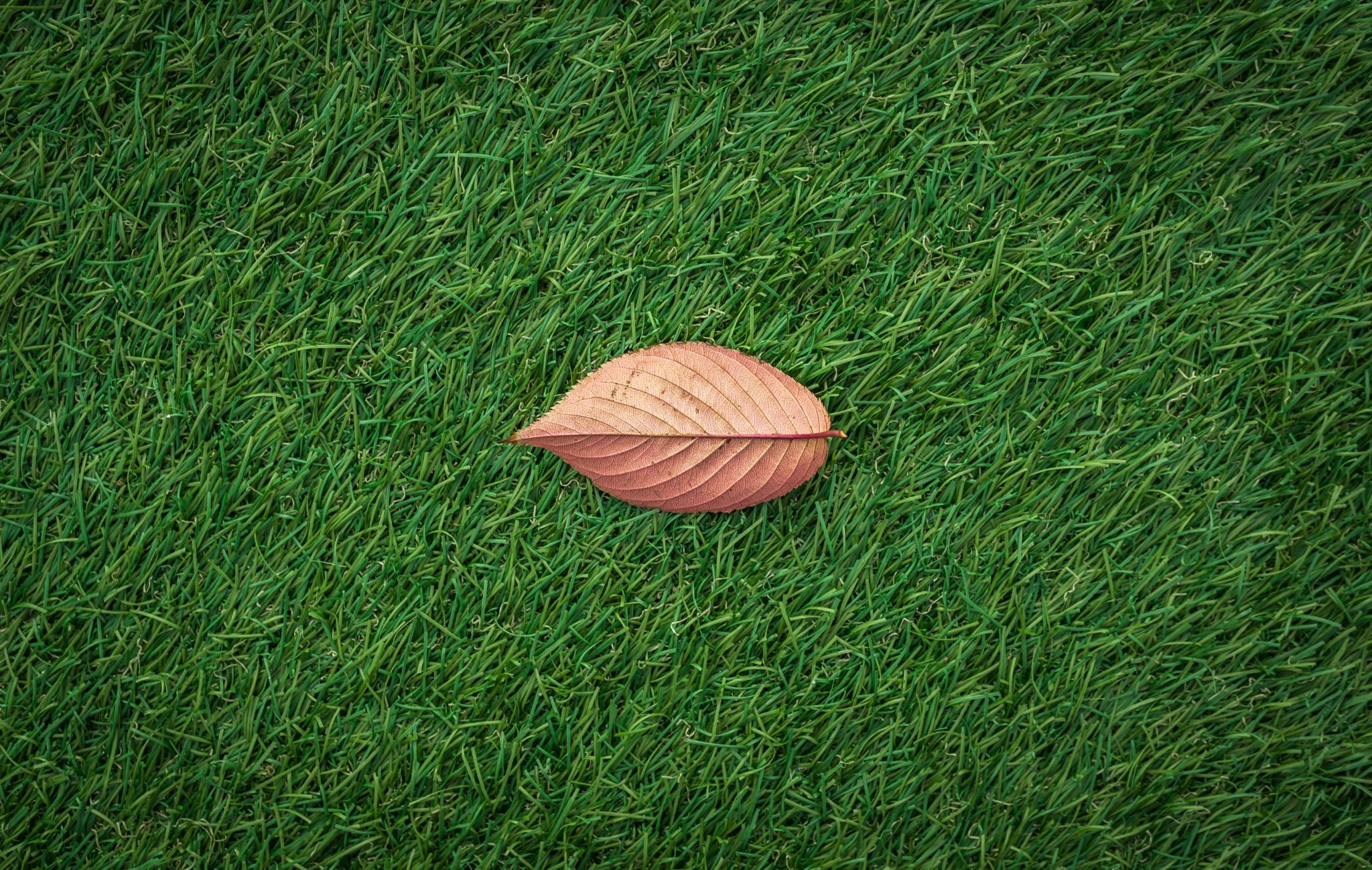How’s your outdoor space coming along? Outdoor spaces such as our patios are our sanctuary to relax and unwind after a long day from work. It is also a place where we spend quality time with our family and where we have chit-chats about how our day went.
We can’t afford, for sure, to see the place we called sanctuary as lifeless and dull. Therefore, adding some refreshing colors to enliven it is necessary for us to have the best family bonding and a place to relax.
The good thing is, giving some life to your outdoor spaces doesn’t have to be laborious and expensive. The colors may come from your furniture, tiles, plants, pots, and outdoor rugs. Here are some ways to consider if you want to add up some color and life to your outdoor spaces.
Colorful Plantscaping
Bringing some ambiance of nature into your outdoor spaces cannot be understated, and plant-scaping is necessary to put in that ambiance.
When choosing for plants, it’s alright to be simple and to go with a greeny landscape. But it’s much better if we add up an array of colorful flowers. To be more colorful, you can opt for a collection of Mandevilla, gardenia, plumbago, and sunflower. But there are many other colorful plants out there in your nearest garden shop that will surely suit your taste.
Pot Art
Do your flower pots look dull? Perhaps, it’s time to do them some paint job.
Not only your plants and flowers can spice up your garden, but also your flower pots. You can do some fun art on them with a color scheme that can add an artistic beauty to your landscape. In this way, your garden will not anymore look dull.
Put Colorful Outdoor Furniture on Display
Chairs, tables, and shades are center attractions in our patios. You can turn them into a more attention-grabbing status if you show them off in bright colors. For sure, it can add a more refreshing ambiance while you’re having your afternoon coffee.
Roll Out The Outdoor Rug
If you want to add some interesting detail to your outdoor dining or seating areas, you can place an outdoor rug under it. Rugs with beautiful designs are essential in order not to give your outdoor spaces a basic look.
Blend In Decorative Tiles
There are a lot of decorative tiles to choose from in the market today. Decorative tiles are a good way to go if you want to start styling up your outdoor structures such as your fountains, stairs, and kitchen countertops.
Paint Up Your Bare Walls With Murals
A mural is the best way to brighten up your dull wall. Not only that this will not consume up a lot of space, but a wall with a mural can also bring us peace of mind every time we look at it.
Outdoor Decors
You can enliven your patio or garden with outdoor decorations. For example, you can put bright-colored hanging baskets on display in your garden. Mosaic art, colorful stepping stones, and tabletop lanterns are also things that will give charm to your outdoor spaces.
Takeaway
We must not settle for the simple and basic when it comes to designing our outdoor spaces. There are a lot of ways to put some life to it such as adding up some colors. It also does not have to be challenging and expensive as some ideas mentioned above are do-it-yourself tips. What we only need is a little budget and our creativity.
Read More :













